Phone/WhatsApp
Alice: +8617751041905
Views: 0 Author: Amenda Publish Time: 2025-09-24 Origin: FDMAT
When it comes to gaming, design, or daily office work, the surface under your mouse makes a huge difference. A good mouse pad or desk mat doesn’t just protect your desk – it impacts precision, comfort, durability, and even aesthetics. With so many materials and sizes available, it can be hard to know which one is best for you.
In this guide, we’ll break down the most common mouse pad materials and explore the key differences between desk mats vs mouse pads, so you can make the right choice for your setup.
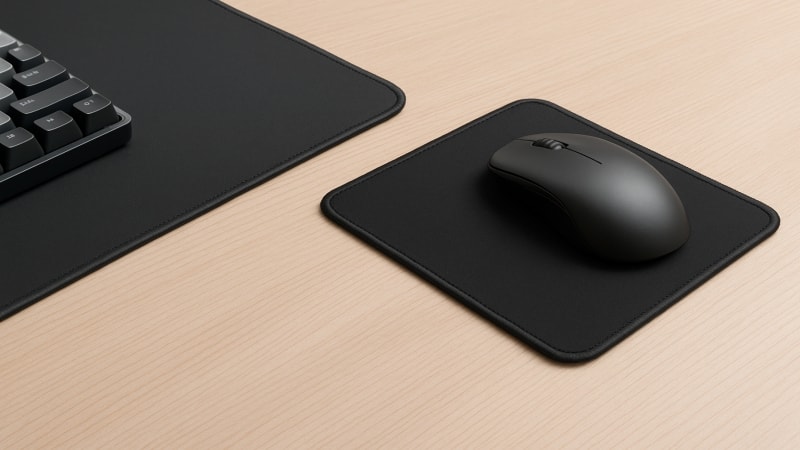
Not all mouse pads are created equal. Materials vary widely, affecting glide speed, comfort, and lifespan. Let’s explore the most popular types:
Cloth pads are the most widely used. They are soft, flexible, and budget-friendly. They provide excellent control for precise movements, which is why many professional gamers prefer them. However, they can absorb sweat and dust, meaning regular cleaning is necessary.
Pros: Comfortable, affordable, excellent control
Cons: Harder to clean, can wear out over time
Most quality mouse pads feature a natural rubber base for anti-slip performance. Rubber is eco-friendly, durable, and works well with sublimation or custom printing. This makes it the most common choice for custom mouse pads and desk mats.
Pros: Non-slip, eco-friendly, highly customizable
Cons: Sensitive to heat and UV if exposed for long periods
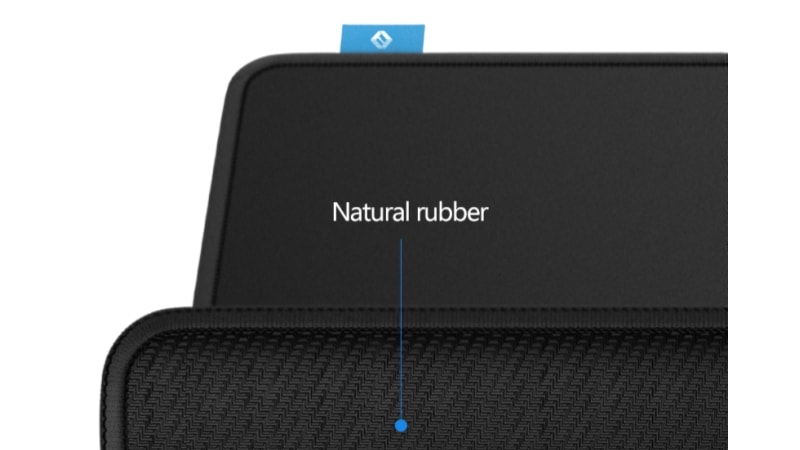
For a more premium look, leather or PU mouse pads are popular in modern offices. They’re sleek, durable, and easy to wipe clean. While they don’t offer the same soft cushion as cloth, they excel in style and long-lasting use.
Pros: Professional appearance, durable, easy to clean
Cons: Less cushioning, usually more expensive
Hard-surface pads, made from ABS plastic or similar materials, offer fast glide speeds – great for FPS gamers who prioritize speed over control. They are also easy to clean but lack comfort for long hours.
Pros: Smooth glide, waterproof, long lifespan
Cons: Less comfort, louder mouse movement
Glass and metal mouse pads are niche, appealing mostly to enthusiasts who want unique aesthetics. They are extremely durable and easy to clean, but they can feel slippery and may wear down mouse feet faster.
Pros: Stylish, durable, unique
Cons: Expensive, not ideal for everyday use
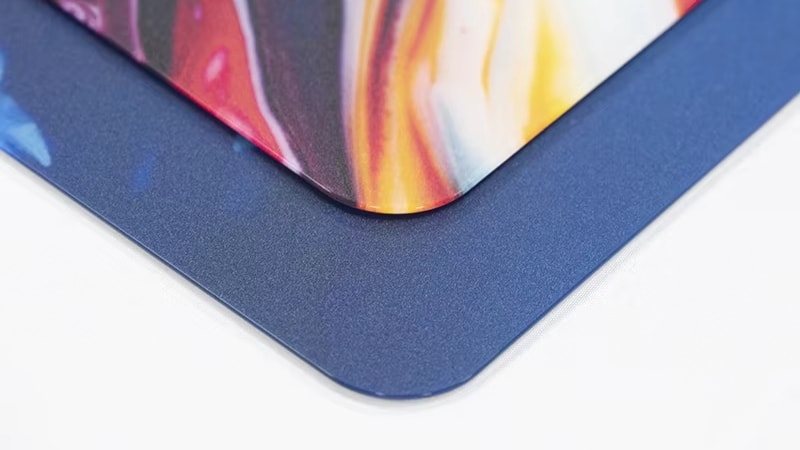
Material | Best For | Pros | Cons |
Cloth | Gamers & general use | Comfort, precision, affordable | Absorbs dirt, wears faster |
Rubber base | Stability & custom pads | Non-slip, eco-friendly | Sensitive to heat/UV |
PU / Leather | Office setups | Sleek, durable, easy to clean | Less cushion, pricier |
Plastic/Hard | FPS gamers | Fast glide, waterproof | No comfort, noisy |
Glass/Metal | Aesthetics | Unique, durable | Expensive, less practical |
While mouse pads focus mainly on your mouse, desk mats cover a much larger surface area. Here’s how they differ:
Mouse Pad: Small, designed only for mouse movement (standard 250×200mm or gaming XL pads 900×400mm).
Desk Mat: Covers keyboard, mouse, and often the entire workspace. Typical size is 800×400mm to 1000×500mm.
Mouse Pad: Prioritizes precision for gaming or design.
Desk Mat: Adds desk protection, workspace organization, and typing comfort.
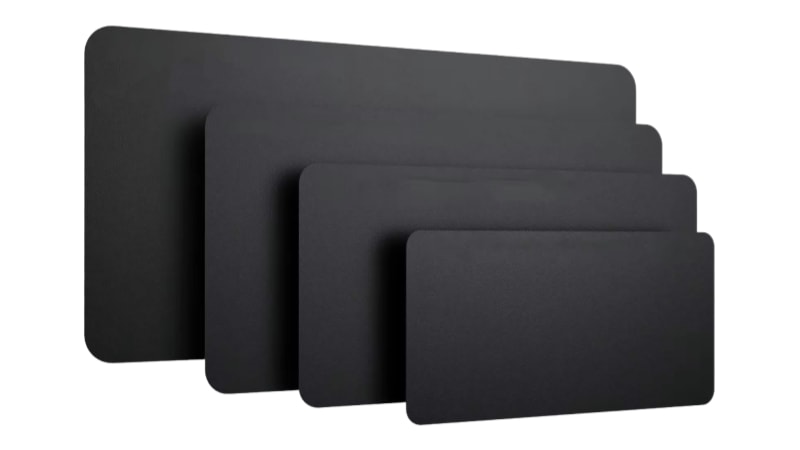
Mouse Pads: Often cloth + rubber, with premium options like leather or hard surfaces.
Desk Mats: Usually leather, felt, or extended rubber for durability and elegance.
Mouse Pad: Usually cheaper, unless high-end gaming or RGB models.
Desk Mat: Costs more due to larger size and premium materials.
Gamers: Mouse pads (especially cloth or hard surface) for accuracy.
Office Workers: Desk mats for writing, keyboard stability, and a clean look.
Branding: Both are excellent for promotional printing – larger desk mats offer more space for logos.
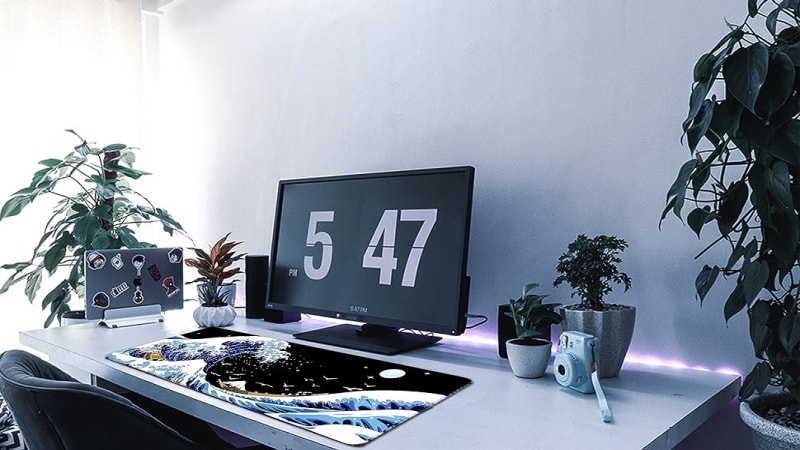
Feature | Mouse Pad | Desk Mat |
Size | Small to medium | Large, covers desk |
Focus | Mouse precision | Full workspace |
Materials | Cloth, rubber, leather, hard surface | Leather, felt, rubber |
Price | Low–medium | Medium–high |
Best For | Gaming, everyday use | Offices, productivity, branding |
Gamers: Go for a cloth or hard-surface mouse pad with a rubber base. If you want more space, choose an extended gaming pad.
Office & Productivity Users: A leather or felt desk mat gives you comfort, style, and full desk coverage.
Businesses & Brands: Both products work well for customization. Desk mats offer larger print space for logos, while mouse pads are cheaper for mass giveaways.
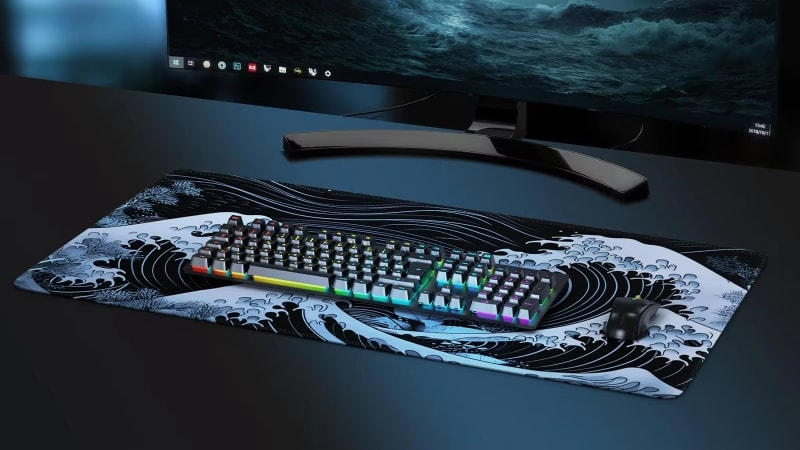
Q: Are desk mats better than mouse pads for gaming?
A: Not necessarily. Mouse pads are designed for precision, while desk mats are for workspace coverage. Gamers usually prefer mouse pads.
Q: Which material lasts the longest?
A: Leather and hard-surface pads last the longest, while cloth pads may need replacing more often.
Q: Can I clean leather or rubber desk mats easily?
A: Yes, they can be wiped clean with a damp cloth. Avoid harsh chemicals.
Q: Do larger desk mats affect mouse performance?
A: No – as long as the surface is smooth and stable, your mouse will work just as well.
Choosing between a mouse pad and a desk mat depends on your priorities: precision vs workspace coverage. Materials also play a huge role in comfort, durability, and aesthetics.
If you’re looking for custom mouse pads or desk mats for gaming, offices, or promotional events, our factory specializes in OEM & bulk orders with premium materials.
Contact us today to request a free quote and start your custom order!